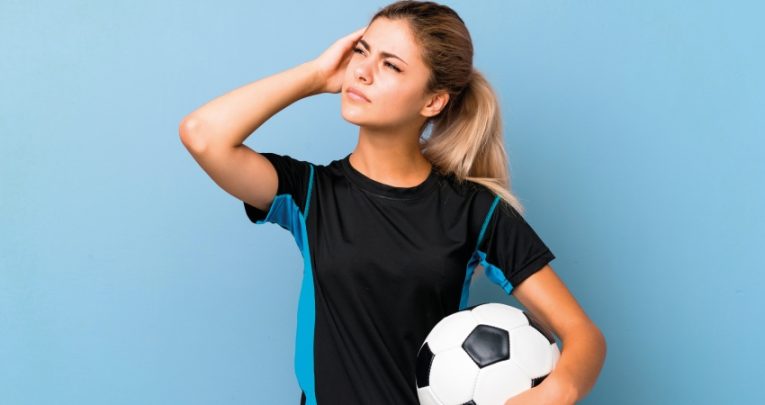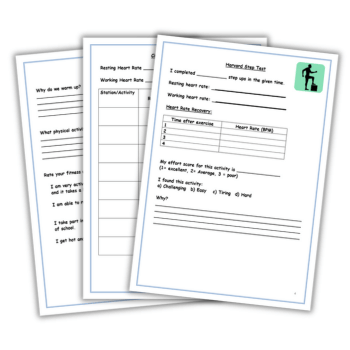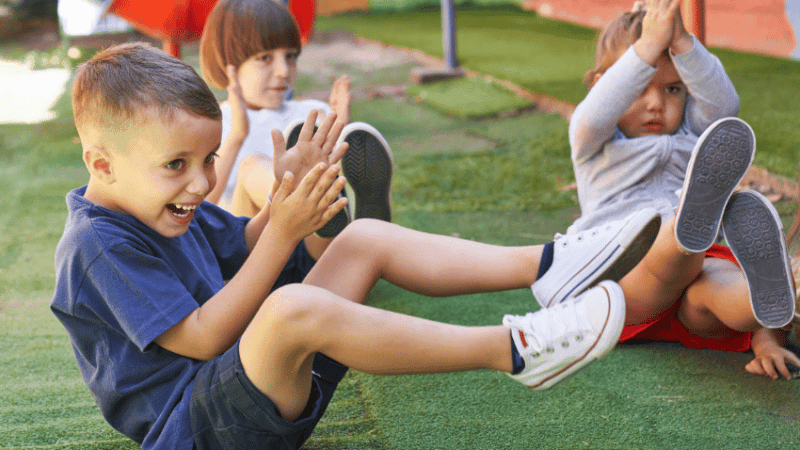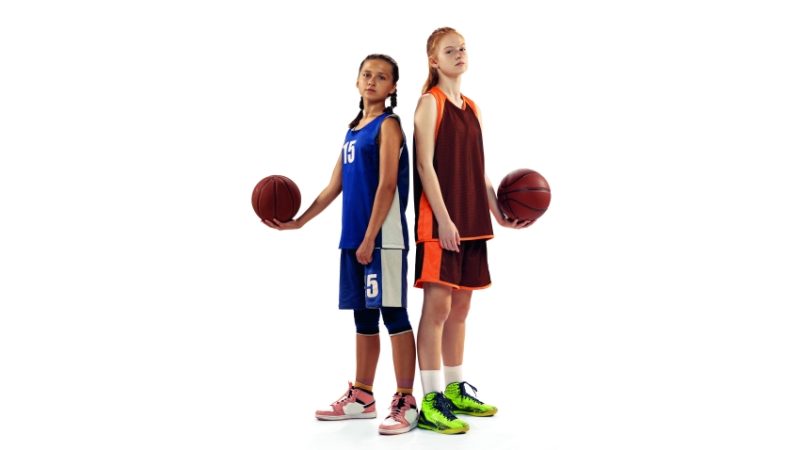PE teaching – How PE changed its educators and vice versa

Zeph Bennett charts how the role of the PE teacher has changed dramatically, alongside the evolving philosophy of the subject itself

- by Zeph Bennett

PE teaching in schools is unlike that of any other subject on the National Curriculum. Allow me to explain.
Once you’re qualified to teach, let’s say, geography, you’ll enter the teaching profession as an ECT deemed ready to navigate the various disciplines within the geography curriculum.
Those who appoint you to your first role will be under the assumption that you can acquire any subject knowledge you’ve yet to cover through further study in order to get up to speed.
Now, let’s turn to the trainee PE teacher. Once qualified, you’ll need to deliver lesson content spanning a wide gamut of activities – from day one – that vary hugely in their technical and physical demands.
And that’s with the added difficulty that teachers can’t simply read up on a particular practical sport, and then try to demonstrate the technical aspects of that sport without practice.
Practice-free proficiency?
Some of the activities a PE teacher has to cover are so physically complex that possessing some level of prior knowledge or coaching experience is all but mandatory before being able to teach said activity with any degree of proficiency.
Take hockey. Some would say that the game shares a few similarities with football. Both involve moving around a pitch, playing in positions, set plays, taking corners and so forth.
What those of us who teach it (or at least try to) quickly realise is that teaching hockey well requires the kind of technical skills and knowledge you can only pick up through prior experience of playing or coaching the sport. 28 years on, and I’m still not an ‘expert’ in hockey myself.
When I began my teaching journey at Brentford in the mid 90s, I was expected to have some coaching qualifications under my belt. On reflection, this is presumably why I got the interview. Once in post, I was then expected to undertake further training in sports I wasn’t yet proficient in within my NQT year.
The main one for me at the time was gymnastics. My university once hosted a visit by the legendary gymnastics coach Val Sabin. She imparted some top tips and flogged us some brilliant manuals containing many diagrams of stickmen doing somersaults. Beyond that, my gymnastics knowledge was rudimentary, to say the least.
It was also expected of us PE teachers that we would use our in-service time to gain some coaching badges through the visits frequently made by national governing bodies. During these, groups of teachers would receive training at the same time.
A conceptual transformation
Fast forward to the 2020s, and the teaching of PE has since undergone a conceptual transformation. We no longer teach PE through the guise of specific sporting activities. Instead, we often now teach through specific themes – such as personal development, health and wellbeing – alongside performance pathways for more talented students.
What this has done is shift the focus away from domain-specific sporting activities that require different technical approaches to their delivery, and towards transferable skills that are applicable across a number of different sporting activities.
A good example of this are the passing and catching techniques used across cricket, rugby, basketball and netball. We might be using different equipment for each. However, the core teaching techniques we’re drawing on will be consistent throughout those different lessons.
However, having those coaching qualifications in different sporting disciplines was suddenly no longer as important. Instead, the national governing body courses that teachers undertake now tend to focus more on small games and specific activities that will help teachers develop related skills they can then transfer to multiple sporting domains.
Timetable squeezes
The upshot of this is that schools are no longer building schemes of work based around one or more distinct activities.
Why keep an extensive amount of gymnasia equipment around if your department is now only focusing on lower body strength or flexibility as part of a personal development pathway?
I recently carried out a survey of over 600 teachers and leaders. I asked how many of their schools still taught traditional gymnastics. Only 62% still did.
This movement away from traditional sporting activities isn’t just confined to the balance beam and vault. Hockey and cricket are also suffering from timetable squeezes.
Curricular developments aside, the widespread adoption of 4G astroturf has seen schools increasingly abandon hockey in favour of other invasion-style games such as lacrosse and Gaelic football.
Cricket, meanwhile, is an expensive sport to operate on school grounds, what with the often poor drainage of school playing fields. However, the emergence of indoor cricket leagues in recent years has at least provided some welcome news to contrast against the sport’s otherwise falling participation rates.
Experimental pathways
Efforts at keeping PE relevant in 2024 and using the full breadth of the National Curriculum has seen more schools adopting the Concept Curriculum approach.
This seeks to present students with a greater variety of activities. This is particularly the case at KS4, where core PE remains an entitlement of every student.
The process of creating opportunities for students to take part in meaningful and enjoyable physical activity has resulted in PE departments experimenting with the pathways they develop to maintain interest and, importantly, participation rates.
Post-COVID, PE teachers have struggled to deal with students unwilling to take part in, or even get changed for PE lessons.
‘Non-doers’ have long been a perennial problem for all PE teachers, albeit at a smaller scale. Since 2021, however, departments have been reporting a significant uptick in non-doers and the number of students unwilling to borrow kits for participation purposes.
A previous survey of PE departments I undertook back in 2022 showed that 87% of those responding had seen increases in their proportion of PE non-participants. The Concept Curriculum might have the potential to throw such schools a participation lifeline.
Lifelong learners
The rather formulaic approach to games and sporting skills I had to deliver back in the 1990s worked for some. However, it also served to put off generations of students who didn’t want to compete, or had little interest in traditional sporting activities.
Today, schools opting to develop a PE Concept Curriculum aren’t just utilising the full breadth of the National Curriculum descriptors. They’re also moulding an experience that will suit a much wider variety of learners with varying degrees of motor cognitive abilities.
This can have the effect of both improving participation rates and creating lifelong learners in health and wellbeing. This should surely be the ultimate goal of any PE teacher.
A qualified PE teacher today might not need the coaching badges that were once so central to schools’ selection criteria. But they do need to be creative and flexible. They need to link motor skills across different sporting activities in ways that deliver enriching experiences for students that are fit for 2024.
Non-doers can do it too
Jen Angove, a head of department in Greater Manchester, observed falling participation numbers in girls’ PE as an opportunity to repackage the curriculum in a more appealing way.
This new curriculum offered persistent non-doers a chance to take part in low intensity activities that didn’t feel like PE at all.
The activities that made it to the pathway included a 3km wellbeing walk, and a girls-only gym session. Here, students are encouraged to build their own programme.
Encouraging students to see ‘physical activity’ as an opportunity to improve their health and wellbeing is ultimately a goal for every PE teacher.
Developing students’ appetite for looking after their own physical wellbeing – be that through walking, running or playing competitive sport – is one of the most important roles PE can play within the education system.
Even if that means regular non-doers participating in low-intensity exercises, like walking whilst still in their school uniform…
Zeph Bennett is a PE teacher and school achievement leader. He has 25 years’ teaching experience. Follow him on X via @pegeekscorner.











